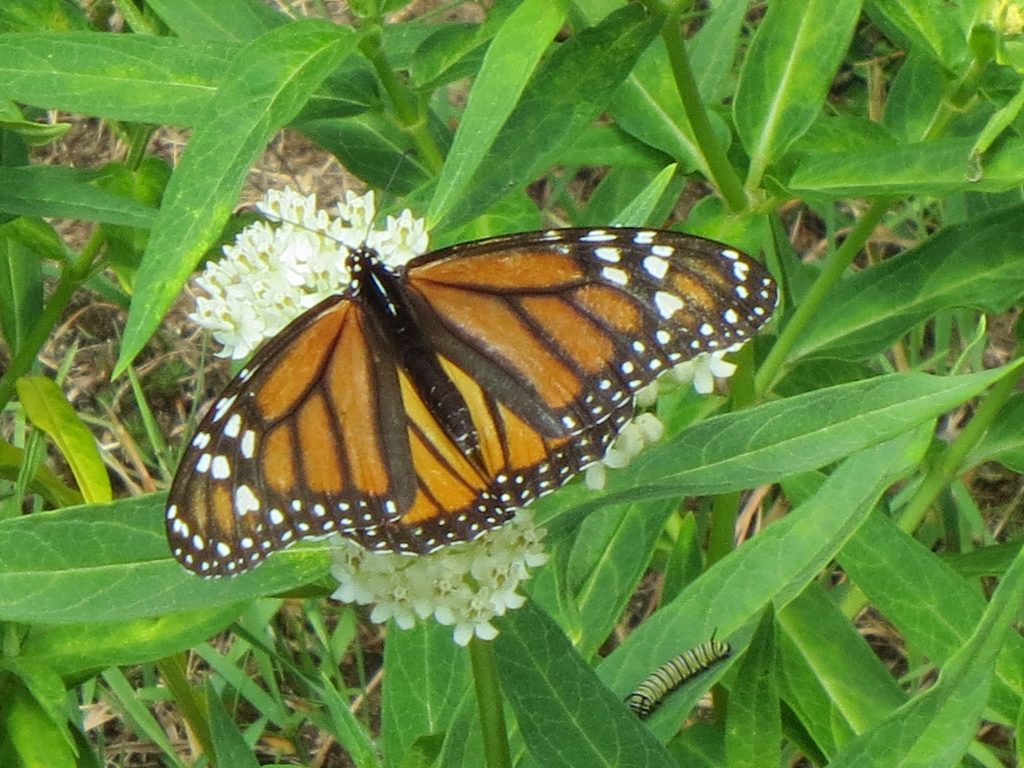Flight of the Monarch Day
This nation-wide event to recognize the iconic monarch butterfly was held on August 22nd.
The annual monarch migration begins in March when they leave their overwintering grounds in Mexico and begin the journey north. During migration, the females search for milkweed plants on which to lay eggs. After mating and egg-laying, the adult butterflies die and the northward migration is continued by their offspring. It takes three to five generations to reach the Great Lakes region where the final generation of the year (that lives 7 to 8 months) hatches and does the return journey to the overwintering grounds.
The monarch migration is one of the greatest phenomena in the natural world. Monarchs know the correct direction to migrate even though they have never made the journey before. They follow an internal “compass” that points them in the right direction and travel hundreds or even thousands of miles.
But, the monarch population has declined by approximately 90 percent since the 1990s due to habitat loss and climate change. One easy way to help them is by planting a pesticide-free garden filled with native milkweed. This is the only plant where a monarch will lay its eggs. There is a toxin in milkweed plants that Monarch caterpillars are able to store in their bodies as they feed that makes them and the adult butterfly poisonous to bird predators.
